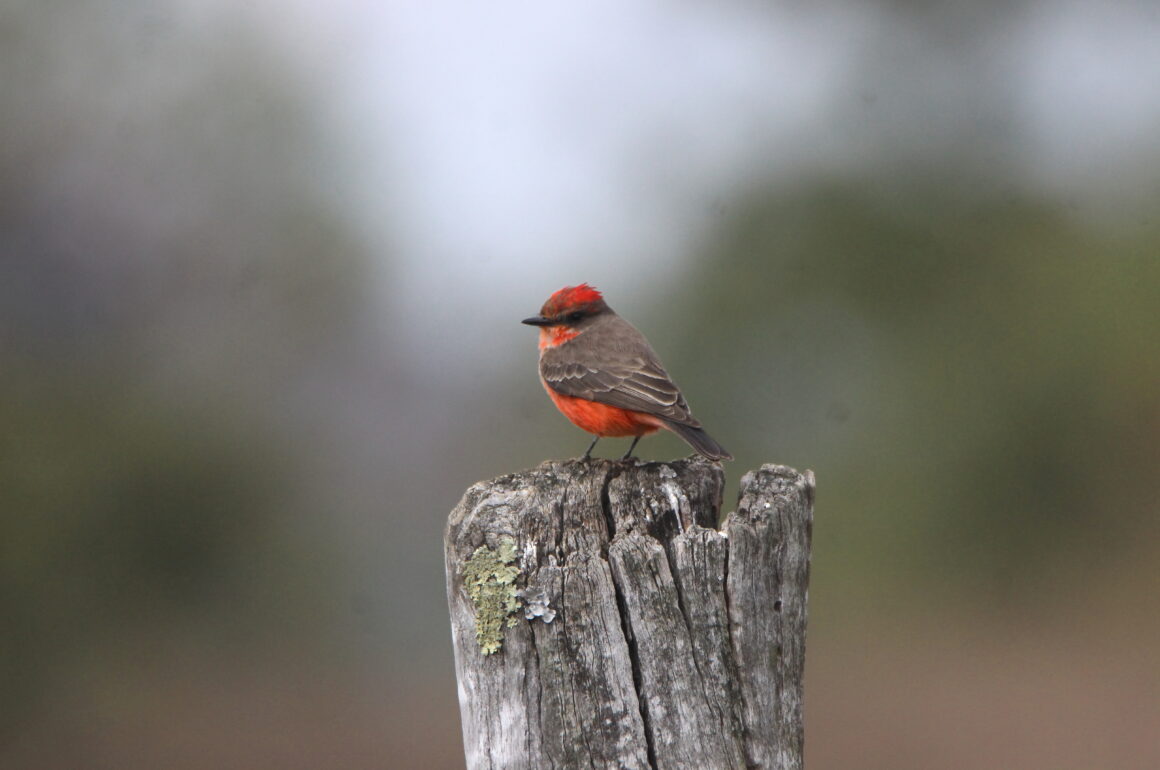
I am deeply jealous of Kai Pflug. The guy has an apparently endless supply of fantastic bird photos. So all he has to do to come up with a valuable post is to pull out of few of those shots, add a few snarky comments, and he’s good to go.
I, on the other hand, rarely take photos good enough to do all the heavy lifting. So I always feel like, you know, I should actually have something to say before I write. Something profound, or wildly entertaining. Which is hard.
So it was very pleasant when I went birding the other day and the angels of photography went with me. In the early day, the light was just right. Later in the day, several difficult species decided to be less difficult.
I had gone back to the little reservoir of San José de las Torres, to check on the avian refugees from the main lake in our region, which is currently almost completely dry. Unfortunately, the reservoir is now starting to look rather dry as well:
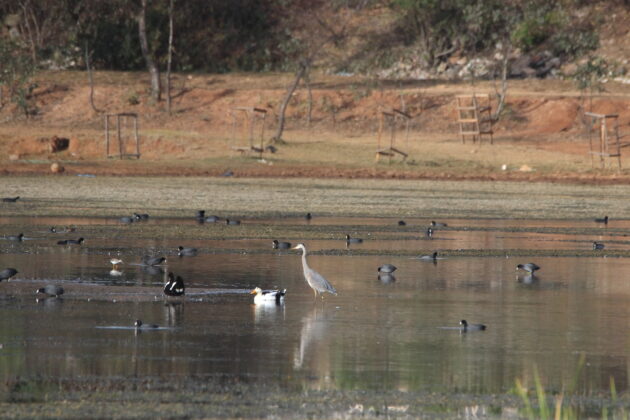
Still, the birds were still there. There were six species of wild ducks, along with the usual few released domestic ducks. More importantly, at least three micro-endemic Black-polled Yellowthroats continued to sing from the reedbeds. (One of my ornithologist friends commented, “I hope they stay to breed there.” And so do I.)
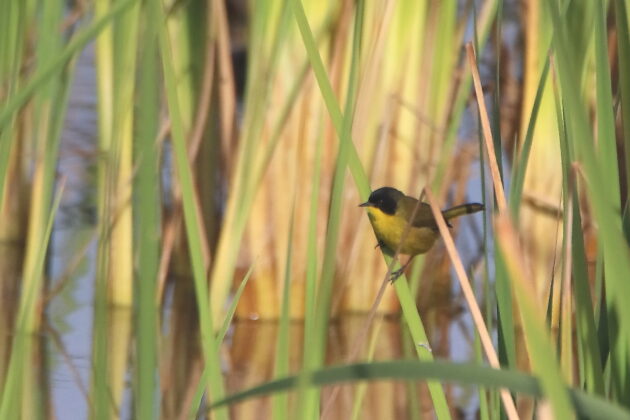
The ducks stayed far enough away to keep me from taking any great photos. But others were more obliging:
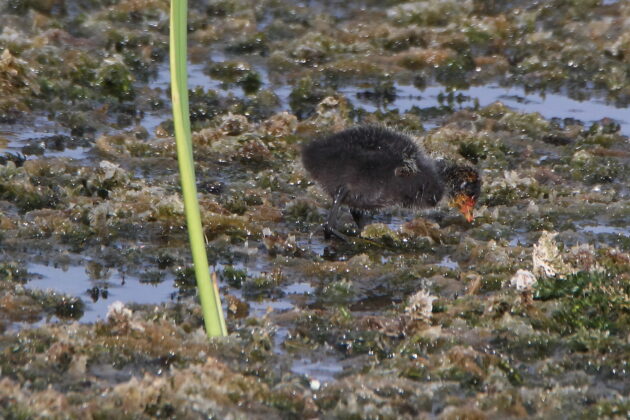
American Coot babies are so ugly that they are adorable.
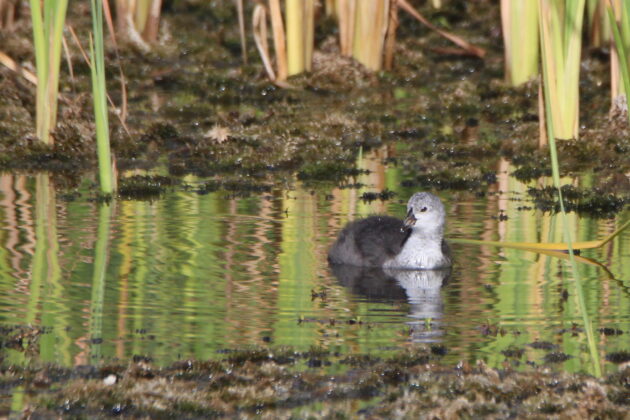
And here’s what they look like later on.
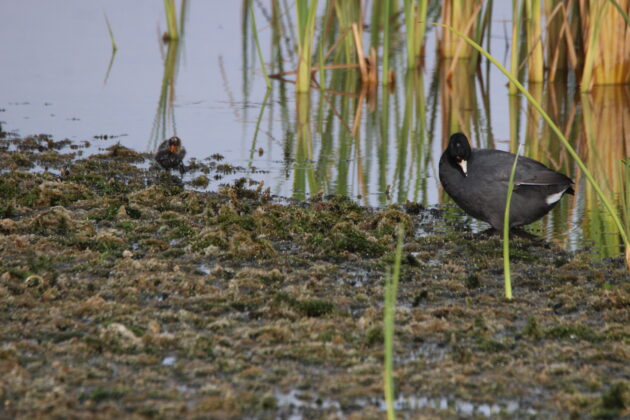
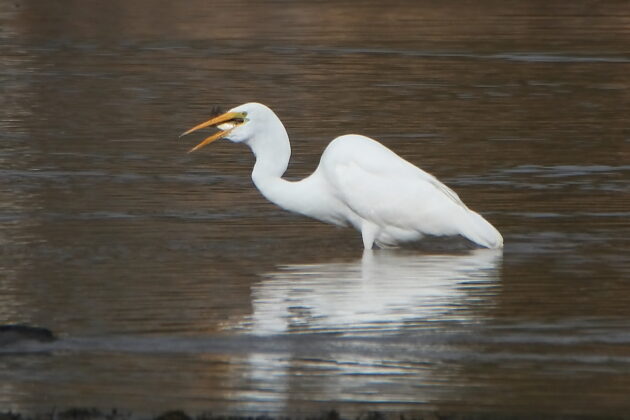
Any shot of a Great Egret that has caught a big fish is good in my book.
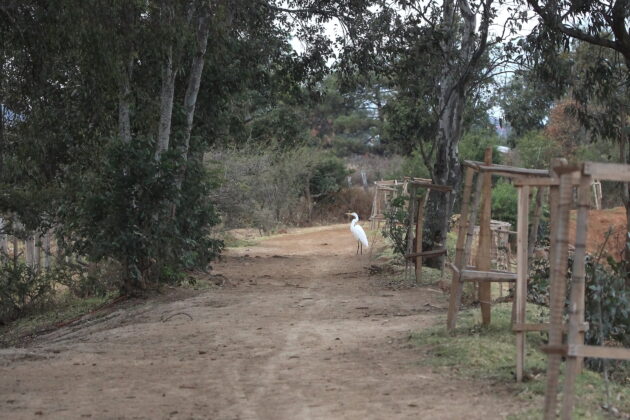
Another one turned up in a Most Unexpected Place.
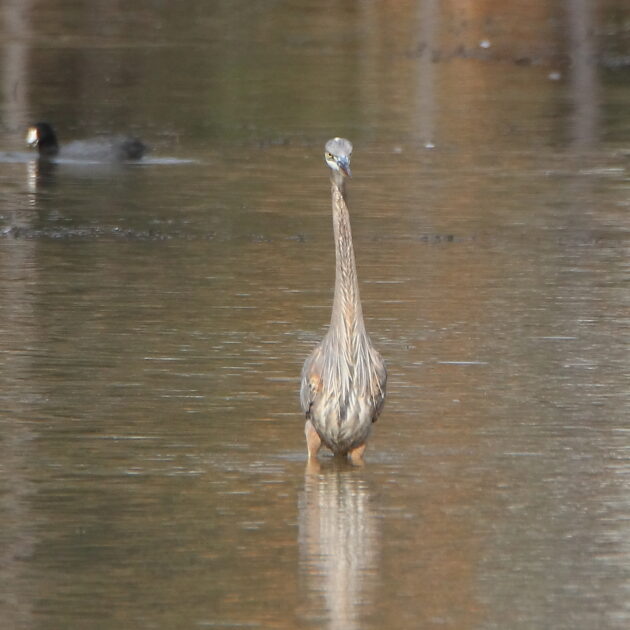
This immature Great Blue Heron certainly did have an opinion of me.
As I explored the drier area below the reservoir, male Vermilion Flycatchers proved yet again that they are extraordinarily photogenic birds. But then, what else do they have going for them? That, and eating bugs.
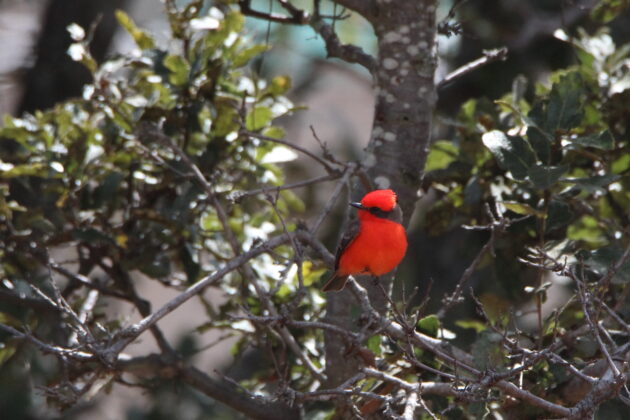
Things were slow in this area, so I headed for home with just enough time left to detour to an area above the little town of San Miguel del Monte. And there, to my surprise, some of Michoacán’s most beautiful birds decided they wanted good portraits taken. To my surprise, I say, because while beautiful, these hyperactive beauties have rarely if ever allowed me to do them justice. They included:
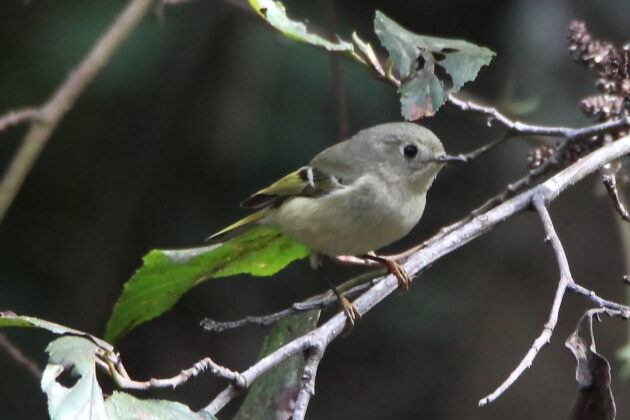
A Ruby-crowned Kinglet
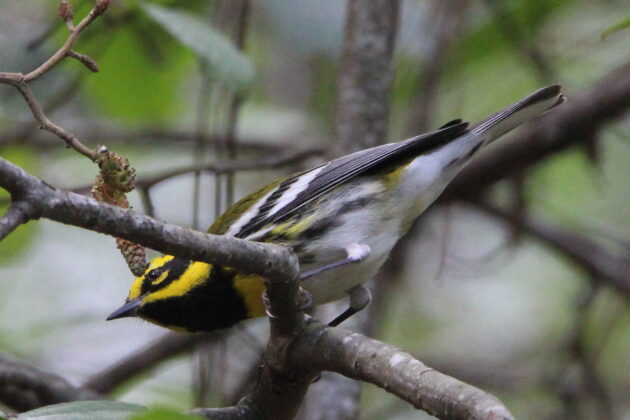
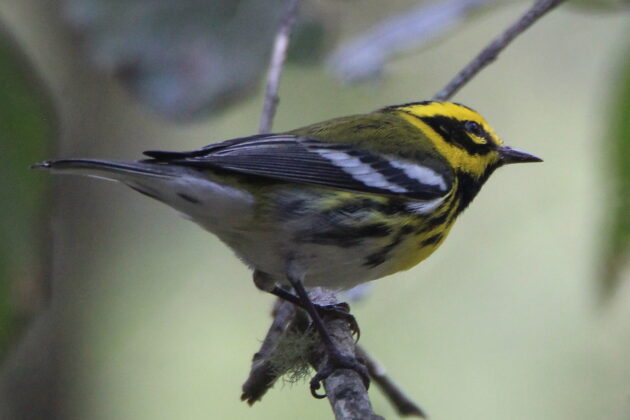
Townsend’s Warbler
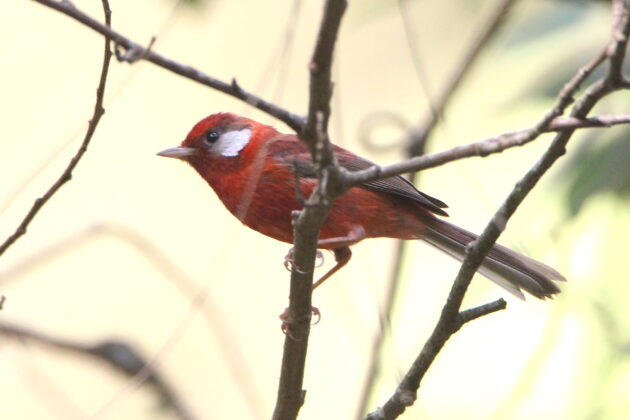
Red Warbler (the same species recently featured in a post from Oaxaca)
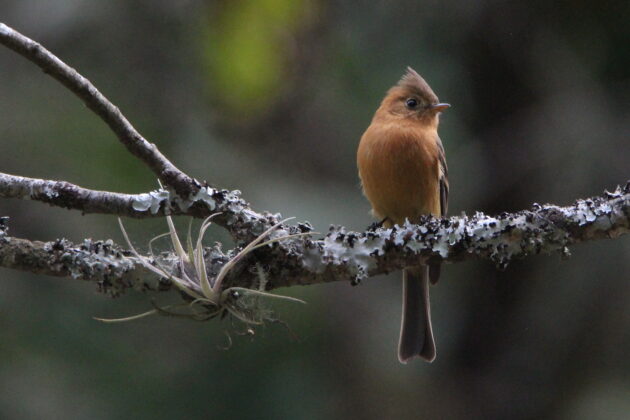
And an easier, but still photogenic, Tufted Flycatcher


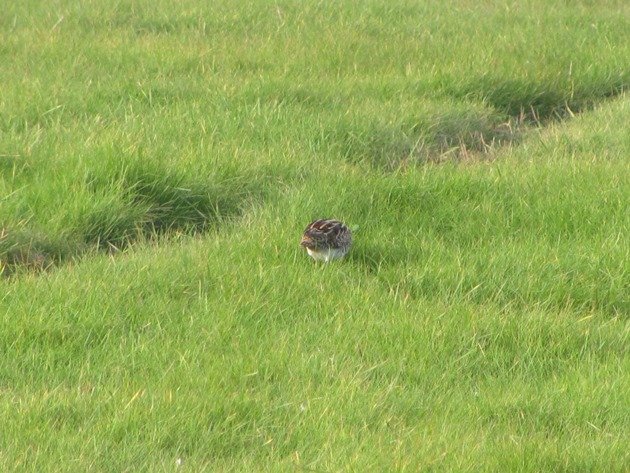
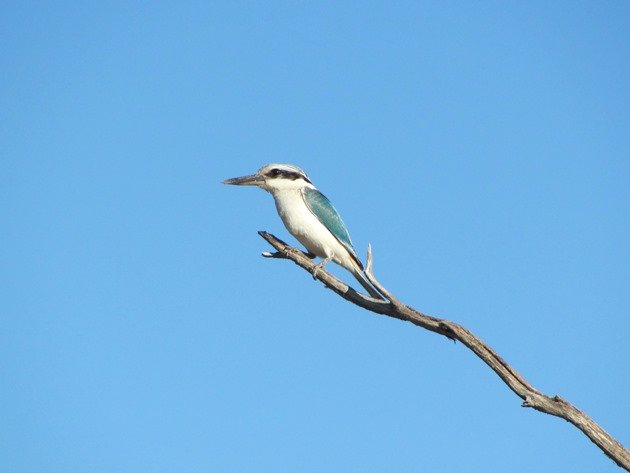

 New writers welcome – please contact us for details.
New writers welcome – please contact us for details.

















The problem with managing a website such as 10,000 Birds but not paying the writers a single dollar is that you cannot simply fire insubordinate writers such as Paul …
I feel your pain, Paul.
So sad, Paul. I feel your pain don’t be sad